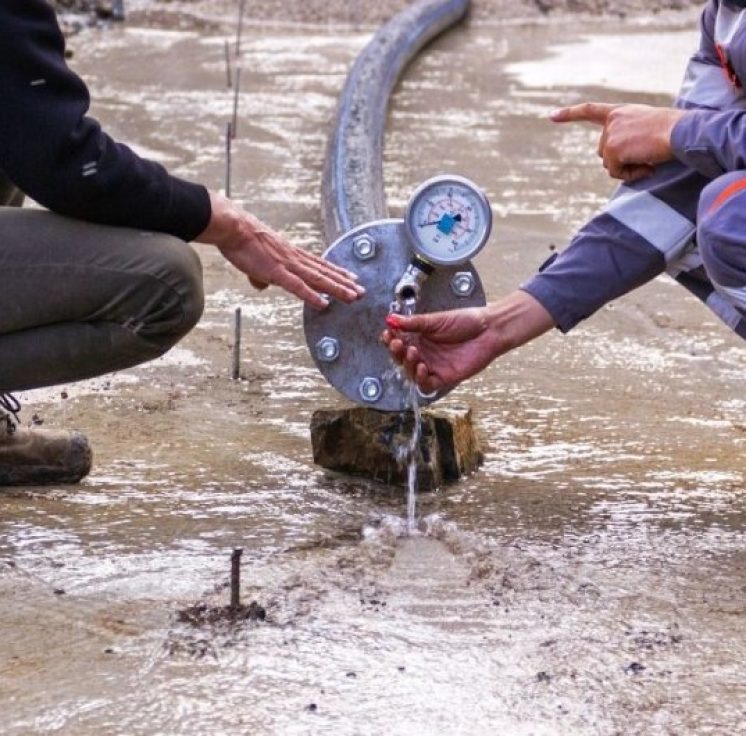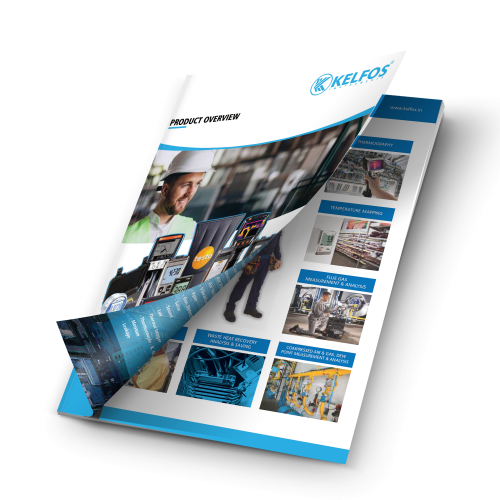Sour Water Ph Monitoring.
Improve Sour Water Corrosion Control with Smart Digital pH Sensors and HART/AMS Compatible Transmitters
Steam is a common stripping medium used in a variety of distillation procedures in refineries. The steam is condensed into a liquid by the operators, who then remove it as sour water. The condensate collects ammonia (NH3) and hydrogen sulphide (H2S) during the distillation process.
The Crude Distillation Unit (CDU) is the principal source of sour water. It originates in the atmosphere and vacuum tower during the steam stripping of crude. The hydrodesulphurization units (HDS), fluidized catalytic crackers (FCC), and hydrocrackers all generate a significant volume of sour water.

Our Solution
pH electrodes have difficulty monitoring sour water because particles and sulphides can clog the connection. This may result in sensor drift or failure. This application is perfect for the SE 554 Memosens pH sensor. The open connection architecture of the sensor makes it resistant to media insertion. Additionally, the Silamid® reference is not poisoned by the polymerized KCL electrolyte, which significantly prolongs the life of the sensor.
The pH sensor’s head contains a microcontroller that enables offline calibration and sensor health evaluation. Technicians can calibrate and troubleshoot using a Portavo portable analyzer outside of the process unit, in the lab or shop. More accurate calibrations are possible by controlling the pH of the buffer solutions. After calibrating it, the technician simply transports it to the installation, disconnects the Memosens inductive cable, and performs a “hot-swap” without further calibrating or configuring.The Stratos Pro is a Class 1 Div 1 FM/CSA rated transmitter that is powered by a two-wire loop. It offers a 4…20 mA output with HART process and diagnostic data overlaid. When employing AMS software, plant operations can see the diagnostic data. As a result, operators can now anticipate maintenance needs, which lowers the risk of unexpected process interruptions.
Refineries must have installations with double block and bleed capabilities. The CSR 3600 is a straightforward retractable ball-valve holder that makes it simple for the user to insert or remove the sensor through a ball valve.
What was this Customer’s Return on Investment?
Reduced sensor replacement and maintenance costs: The Knick SE 554 pH sensor requires fewer calibrations and lasts longer in challenging process settings, which lowers maintenance costs.
AMS HART diagnostics: Clear maintenance requirements are indicated by HART with AMS compatibility. Instead of preventative maintenance, the customer now employs a predictive maintenance schedule. As a result, there are more maintenance man-hours available for other activities because there are fewer excursions to the pH sensor.
Improved corrosion control: The customer was able to lower their capital equipment cost because of improved corrosion control thanks to a consistent pH measurement.






